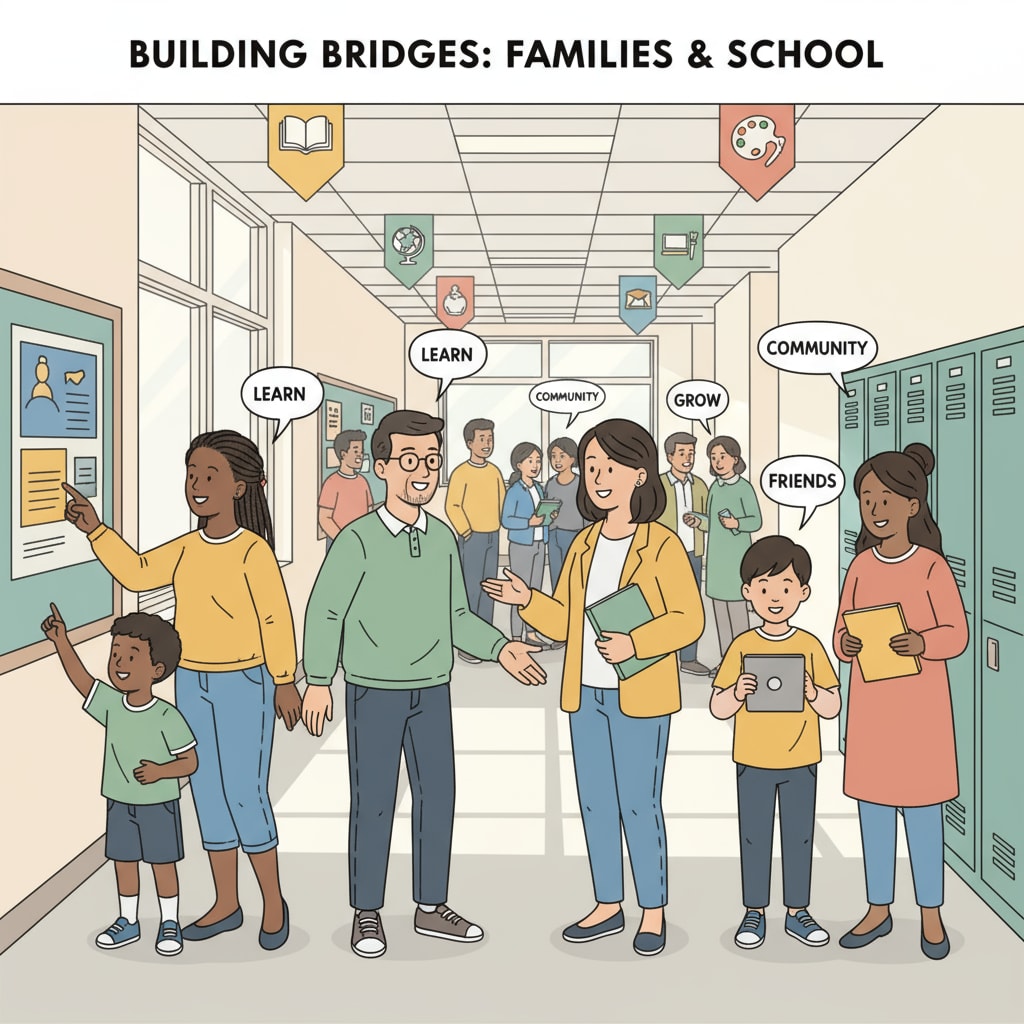The issue of non-white parents’ educational engagement in relation to curriculum setup has become a significant topic in the field of education. In K12 education, the current curriculum design often has implications for how involved non-white parents can be in their children’s learning journey. Understanding these implications is crucial for creating a more inclusive educational environment.

The Impact of Cultural Biases in Curriculum
One major factor affecting non-white parents’ educational engagement is the presence of cultural biases in the curriculum. Many K12 curricula are based on the dominant culture, which can make it difficult for non-white parents to relate to the content. For example, textbooks may predominantly feature historical figures and events from the majority culture, neglecting the contributions of non-white communities. As a result, non-white parents may feel that the curriculum does not reflect their family’s values, traditions, and experiences. This lack of connection can lead to decreased enthusiasm for engaging in their children’s education.
Cultural Bias in Education on Wikipedia
Barriers to Engagement
In addition to cultural biases, there are other barriers that non-white parents face in terms of educational engagement. Language differences can be a significant hurdle. If the school communication and curriculum materials are primarily in the dominant language, non-English-speaking parents may struggle to understand important information. Moreover, the lack of cultural sensitivity in the school environment can make non-white parents feel unwelcome. This includes things like teachers not being trained to understand and respect different cultural backgrounds. These factors combined can create a significant gap between non-white parents and the educational system.

However, there are ways to overcome these challenges and enhance non-white parents’ educational engagement. One approach is through multicultural curriculum reform. By integrating diverse cultural perspectives into the curriculum, schools can make it more relevant and relatable for non-white families. This could involve including literature, history, and art from various cultures. Another important aspect is the development of new models of home-school cooperation. Schools can organize cultural exchange events, parent workshops, and one-on-one meetings to build stronger relationships with non-white parents. Additionally, policy support at the local and national levels is essential. Policies can ensure that schools are held accountable for creating an inclusive environment and providing resources for non-white parents.
In conclusion, addressing the issues related to non-white parents’ educational engagement and curriculum setup is vital for the success of all students. By recognizing the impact of cultural biases, removing barriers, and implementing positive changes, we can create an educational environment where every family feels valued and involved. This will ultimately lead to better educational outcomes for all children.
Parent Involvement in Education on Britannica
Readability guidance: The article uses short paragraphs to clearly present ideas. Each section focuses on a key aspect related to non-white parents’ educational engagement. Transition words like ‘however’, ‘in addition’, and ‘for example’ are used to connect ideas smoothly. Lists could be further developed in future expansions to better summarize points. The use of passive语态 is minimized, and most sentences are in the active voice for better readability.


